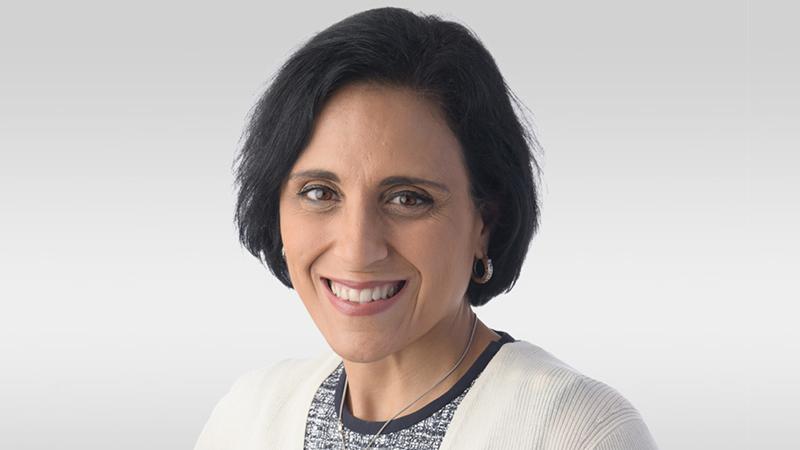
Credit: ITP Aero
ITP Aero CEO Eva Azoulay talks with Inside MRO ’s James Pozzi about how the engine and component manufacturer aims to broaden its capabilities across multiple commercial engine types and eventually grow its aftermarket offerings. Nearly one year after being appointed as CEO of ITP Aero, what are...
ITP Aero Looks To Tap Engine Aftermarket Potential is part of our Aviation Week & Space Technology - Inside MRO and AWIN subscriptions.
Subscribe now to read this content, plus receive full coverage of what's next in technology from the experts trusted by the commercial aircraft MRO community.
Already a subscriber to AWST or an AWIN customer? Log in with your existing email and password.





